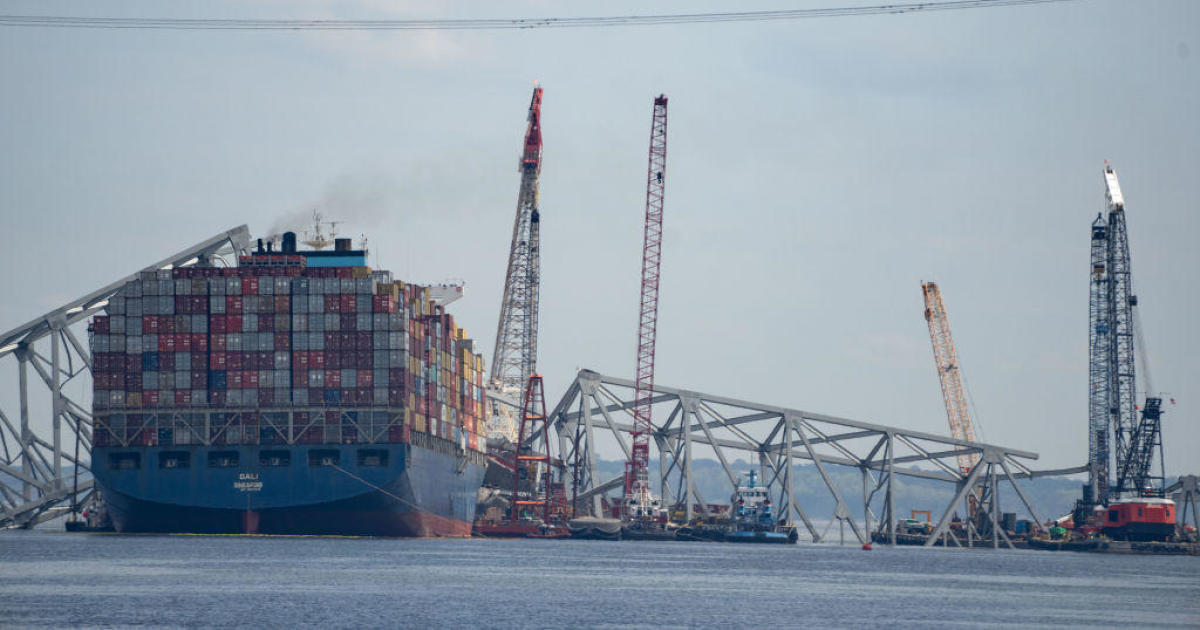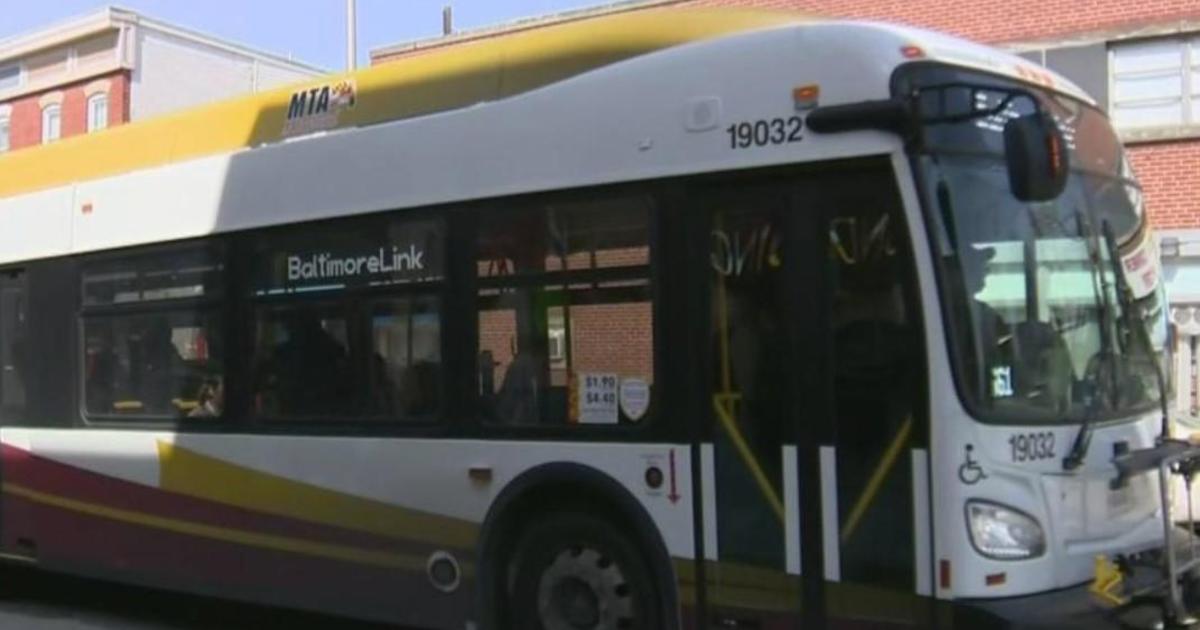Hogan Announces $28M Study To Relieve Bay Bridge Congestion
BALTIMORE (WJZ) -- Maryland is undertaking a $28 million study as part of its efforts to relieve traffic congestion for drivers crossing the Chesapeake Bay, Gov. Larry Hogan announced Friday.
The study, billed as the latest step in the state's strategy to reduce congestion and account for future future needs, is intended to expand on the findings of a previous traffic study that was completed in April.
The longer-term goal is to give transportation agencies a roadmap to keep traffic flowing over the Bay and on roads in surrounding areas for future generations, the governor's office said.
"At my direction, we are immediately launching a critical $28 million Bay Crossing Tier 2 Study, which will not only study the new crossing, but also look at solutions for the entire 22-mile corridor from the Severn River Bridge to the 50/301 split," Hogan said. "This is the critical next step which is needed in order to move forward so we can make a new Bay crossing a reality in the years to come."
The process began in 2016 when state officials announced plans to come up with a long-term solution for traffic backups and delays over the Bay. An initial study has since been completed and approved by the Federal Highway Administration.
"Since then, we have heard loud and clear that taking the next step is a priority for everyone in Maryland, especially for the 13 counties that have signed resolutions in support of moving forward," the governor said, noting that a solution is a priority for the Eastern Shore, Ocean City and Queen Anne's County.
Anne Arundel County Executive Steuart Pittman praised the decision to move forward with the study. Pittman said he identified the study as a priority last month in a letter sent to the Maryland Transportation Authority's leadership.
"We look forward to having a seat at the table throughout this process so that our experts can ensure that environmental impacts and comprehensive transportation planning to reduce traffic bottlenecks are truly considered," Pittman said.
Hogan said the state will seek input from local and county governments, along with environmental regulatory agencies and the public, in its search for traffic solutions. But, he noted, there's no mistaking that a solution is needed.
"The reality is that in the years to come, the traffic here will continue to get worse," he said. "Last year we saw weekends with the highest traffic volumes on record. And by 2040, traffic is projected to grow by 22% on non-summer weekdays and by 14% on summer weekends."
Maryland Transportation Secretary James Ports Jr. said the Tier 2 study will build upon the Tier 1 findings with an eye toward solutions along Corridor 7, a 22-mile stretch of road that spans from the Severn River Bridge in Anne Arundel County to where U.S. 50 and U.S. 301 meet in Queen Anne's.
"The Tier 2 study will identify and evaluate a no-build alternative as well as various crossing alignments and types, such as a new bridge, a bridge/tunnel or replacement of existing spans," Ports said. "We're eager to engage with residents, communities, officials, stakeholders and other members of the public on the Tier 2 study."
The Maryland Transportation Authority (MDTA) board is scheduled to vote on a draft plan that has set aside funding for the $28 million study. It is estimated that the study will take four or five years to complete.
Potential options could include new construction, which would require further approval before work could on its design and the purchase of any land for the right-of-way. Some of the avenues ruled out in the initial study, such as a ferry service, will be considered as components of a broader traffic solution in the Tier 2 study.



